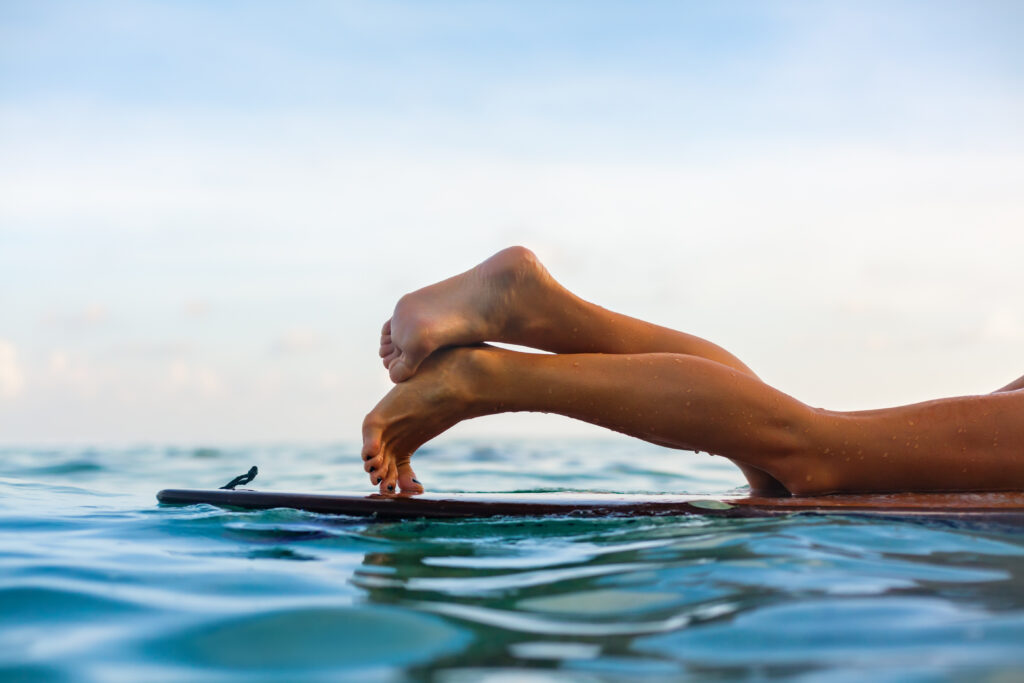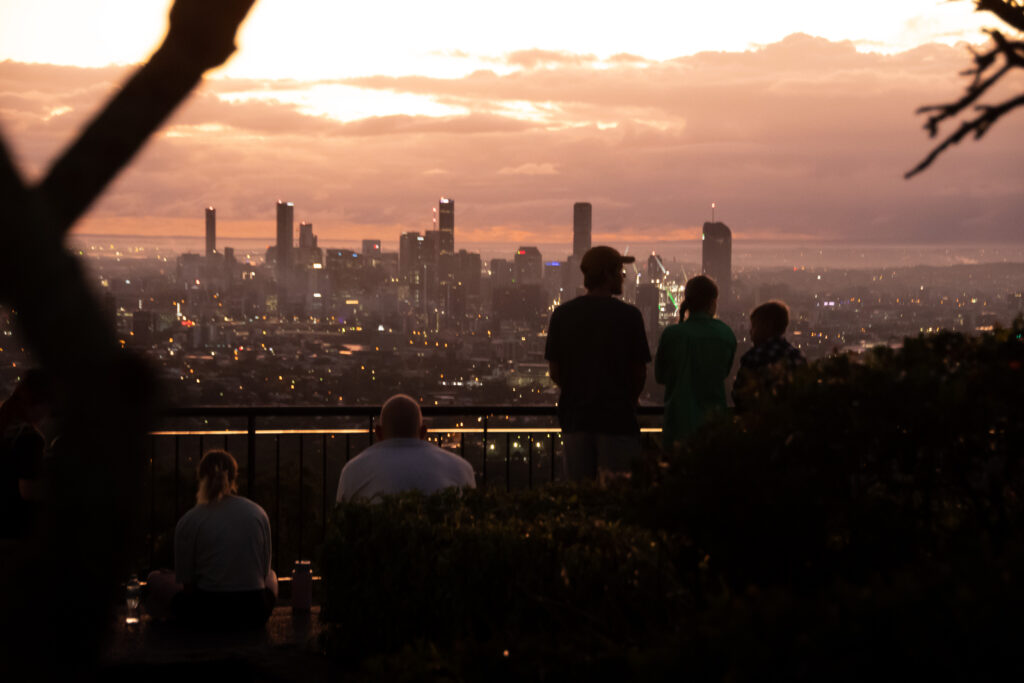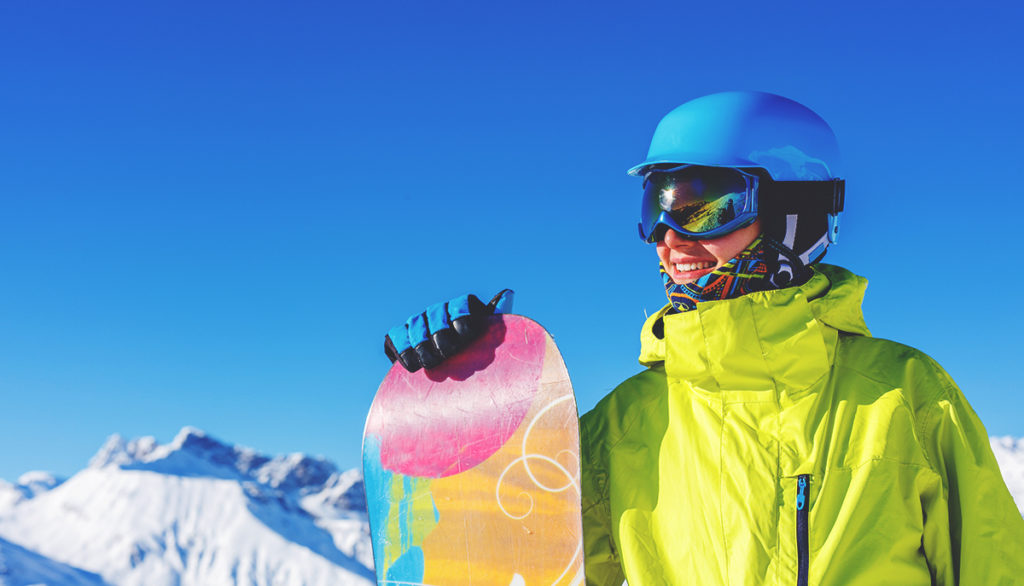Australia is famous for its beaches, and while living in Australia you might want to try one of its most popular pastimes – surfing!
If you have dreams of standing up on your first wave this summer, we’ve put together a helpful guide for beginner surfers.
Surf schools and rentals
To go surfing, you are going to need a board! The good news is, in most beach towns and cities in Australia, you can rent a board from a rental shop, surf shop or surf school.
Surf schools offer private or group lessons which are a great option for your first time. A teacher will take you through the basic technique of paddling, standing up and riding smaller waves before entering the water with you to supervise and guide you into your first waves.
Surf schools will also take you into beginner-friendly locations, giving you the best chance to learn and progress quickly. If you choose to just rent a board and try it yourself, ask the staff at the board rental shop where they recommend you go, as the locals always know the best spots for beginners!
Types of surfboards
Surfboards come in all shapes and sizes, and experienced surfers will know the length, volume and brand of board they like to ride.
However, when you rent a board from a surf shop or school, they will usually rent you a soft board, called a “foamy” which is safer, longer and easier to ride for beginners than the hard, fibreglass boards used by experienced surfers.
It is easier to begin on these types of boards as they have more buoyancy and stability, and are softer and safer should you fall or bump into other riders.
Starting out with a bigger, softer board will actually help you improve quickly as it’s easier to catch waves, stand up and have more fun from the very beginning. If you pick it up quickly, you can always try a fibreglass board next time!
Best places to surf for beginners
You can find amazing surf beaches across most states in Australia. There are thousands of beaches you can surf across Australia’s east coast, with many hidden gems, but here are some popular regions that will be common to find other beginners, surf schools and board rentals.
- New South Wales: Sydney, Byron Bay, Narrabeen and Newcastle
- Queensland: Gold Coast and Sunshine Coast
- Victoria: Torquay, Anglesea.
South Australia and Western Australia are also home to endless surf beaches, however, Western Australia is known for bigger waves and many remote locations, so be sure to choose conditions that suit your ability.
- Western Australia: Scarborough(Perth), Cottesloe(Perth), Busselton Beach, Margaret River.
- South Australia: Middleton Beach, Moana Beach
Surf etiquette
There are many unwritten rules about surfing that are important to understand for general safety and fairness among surfers.
At many beaches you will see beginners – closer to the shore catch the waves that have already “broken”. A wave has broken when the peak or crest of the wave collapses, and the smooth face of the water breaks into whitewash.
Experienced surfers often position themselves “out the back” where waves can be ridden that are unbroken or “green”. This means the face of the wave is open and generates more speed and power. When you’re learning to surf, it is safer and easier to catch broken waves closer to the shore.
When surfing, you also need to understand “priority” – which determines who has the right of way to catch a wave.
There are two wave priority rules:
- The surfer who is closest to the breaking part of the wave has the right of way and priority over all other surfers.
- The surfer who is the furthest outside and away from the shore has priority over all other surfers sitting or paddling on the inside, even if closer to breaking part of the wave.
Beach safety
Beaches in Australia can also be dangerous for beginner swimmers or surfers who are unfamiliar with ocean safety and there are a few key safety measures to be aware of.
Flags: Many beaches in Australia are patrolled by lifeguards, who supervise swimmers between the red and yellow flags.
However, surfers are not permitted to surf in this area as it is dangerous to ride waves in a busy area with many swimmers. When beginning, you can surf directly next to this area to be close to lifeguards and other people should you need assistance.
Unpatrolled beaches: There are also beaches in Australia that are unpatrolled – meaning there are no lifeguards. If you are a beginner surfer, it is unsafe to go out and surf here alone. Going with a friend for your first time surfing, or an experienced surfer is a safer way to try!
Other surfers: Whilst it may be tempting to find an area without other surfers, this can actually be dangerous as surfers look out for each other while in the water should anyone need assistance.
Rips and big waves: When beginning, you also need to be aware of rips and powerful waves. If the ocean conditions are too dangerous for your ability, do not go in the water.
Check out our comprehensive guide to swimming safety in Australia.





